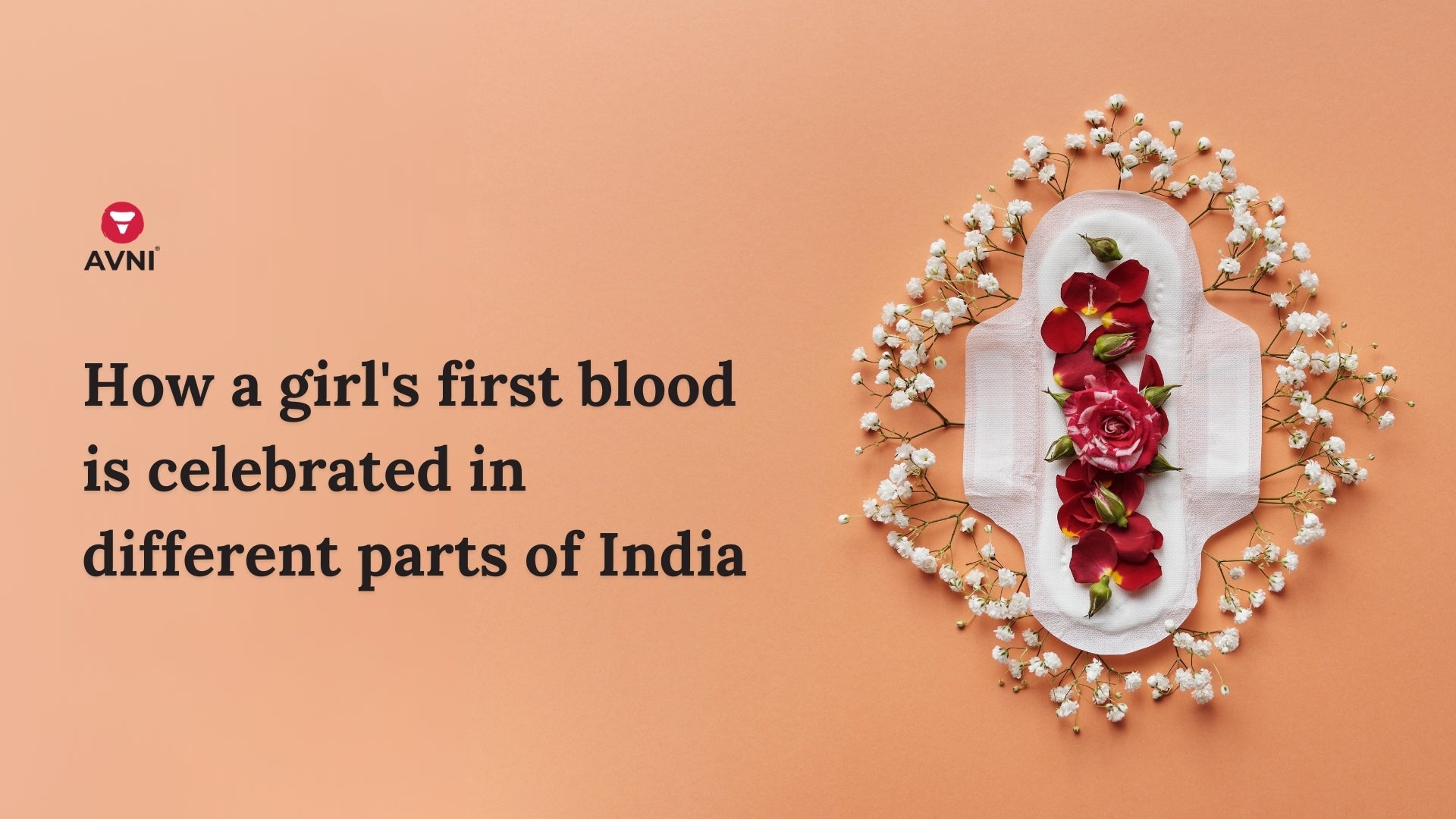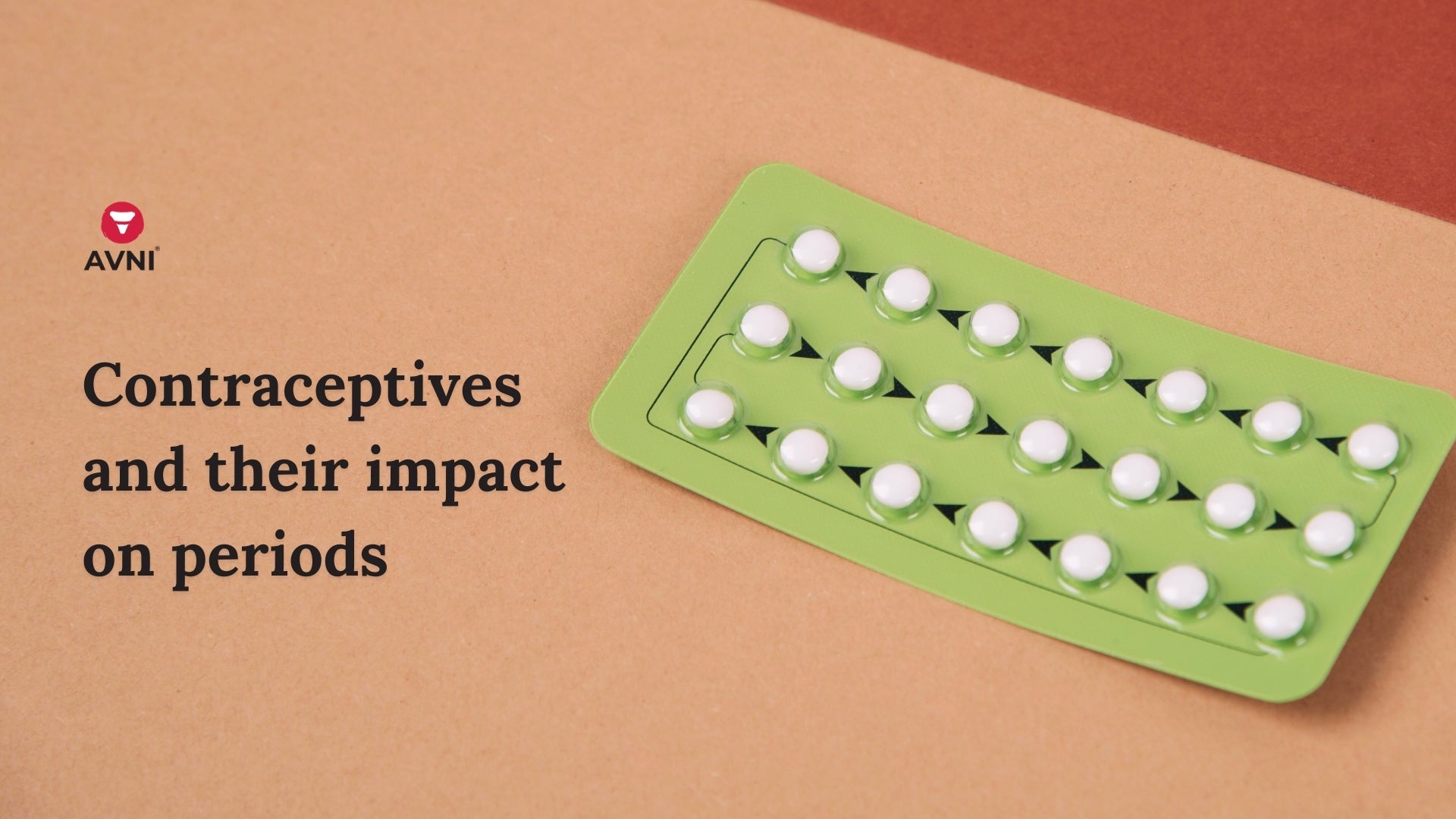
How a girl's first blood is celebrated in different parts of India
Scientifically, a girl's first menstrual cycle is referred to as menarche. First menstruation is a matter of great significance as it marks a girl's transition into womanhood.
Menstruation is always personal and not everyone is okay with talking about it, hence the taboo or the hush-hush that surrounds it. While many go silent and private about menarche, many regions in India celebrate this transition. The celebration goes a long way with the motive of informing society that the girl is ready to indulge in marital affairs.
You must wonder, won't it be scary being surrounded during your first cycle, knowing less and experiencing more? Amidst the whole celebration, a girl is bound to experience a plethora of emotions. Being surrounded by family and friends, she gets much-needed emotional support.
Social distancing is one act that remains similar in all traditional practices. The motive - is to let the girl understand bodily changes in a safe space. But does isolating her, during her first menstrual cycle, really help? We'll let you decide.
Celebrating a girl's first bleed is her introduction to society as a woman. Let's learn more about how a girl's menarche is celebrated in various Indian geographies, significantly South and North East India.
Kerala: A ceremony named Thirandukalyanam is celebrated in Kerala to celebrate a girl's menarche. The community believes that puberty is equal to the homecoming of Bhagwati. Knowing about the first menarche, the girl is given a coconut oil massage followed by cleansing with Vaka flowers. After a number of rituals (that last 5 to 6 days) a priest performs a purification ritual and gifts her coconut leaves' ornaments.

Karnataka: Commonly known as the 'half saree function', a girl's first bleed is celebrated in Karnataka with much grandeur. After a thorough bath and cleansing, the girl is gifted fruits, sarees, and jewelry items. It is a women-only ceremony, female participants shower their blessings and celebrate her stepping into womanhood. Also, it is customary for the girl to not stay inside the house where the ceremony is performed.

Andhra Pradesh: Peddamanishi Pandaga is the ceremony performed in the regions of Andhra Pradesh to celebrate the first menstrual cycle. It is noted that the celebration lasts for 5-7 days wherein the girl is kept in a separate hut with separate mattresses and utensils, and fed a nutritious diet. On her last day of the menstrual cycle, she is given a bath 'mangal snan' by five women, excluding her mother, and dressed in a silk saree and jewels, usually gifted by the girl's uncle.

Tamil Nadu: Manjal Neerattu Vizha is a grand affair that is celebrated in various regions of the state. Be it sending out invitations or putting up hoardings, a girl's first menstrual cycle is a matter of much importance. At the onset of her cycle, she is bathed in turmeric water and made to stay in a kudisai, away from men. On her last day, she is adorned with jewelry, a silk saree, and gifts. It is more like a grand announcement that the girl has attained marriageable age and a call out for suitors.

Assam: Tuloni Biya is an Assamese tradition that celebrates a girl's menarche. It is safe to say that the rituals performed are similar to a wedding ceremony, except the girl is married to a banana plant instead of a groom. Here the girl is restricted to perform any activities and isolated in a room for 5-7 days. She is supposed to stay away from men, touch no one and not even look at stars, the moon, or the sun (considered a bad omen). On the final day, the girl is bathed, dressed, and adorned just like a bride, and participates in rituals, followed by a wedding to a banana plant.

The grand nature of these celebrations is interesting to look at, but the motive behind them remains deeply patriarchal. It is evident that a girl feels embarrassed and confused. Menarche is the time when she must be guided and positively informed about bodily changes.
It is a matter of great appreciation that such regions engage in celebrating a natural phenomenon that is otherwise considered taboo. What remains a question of attention is the surrounding superstitions and isolation of girls.
These traditions must be kept alive and the differentiating factor can be using them to increase awareness about menstruation. In simpler words, one must adapt and encourage women's menstrual health.



Leave a comment
This site is protected by hCaptcha and the hCaptcha Privacy Policy and Terms of Service apply.